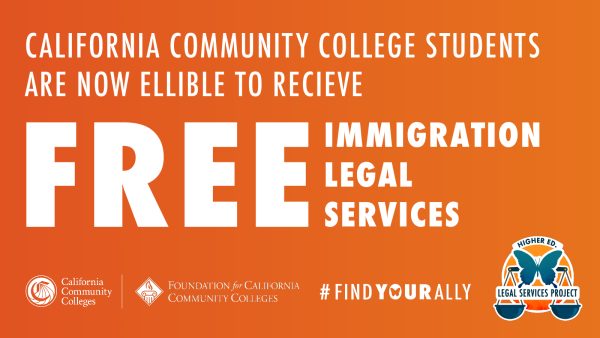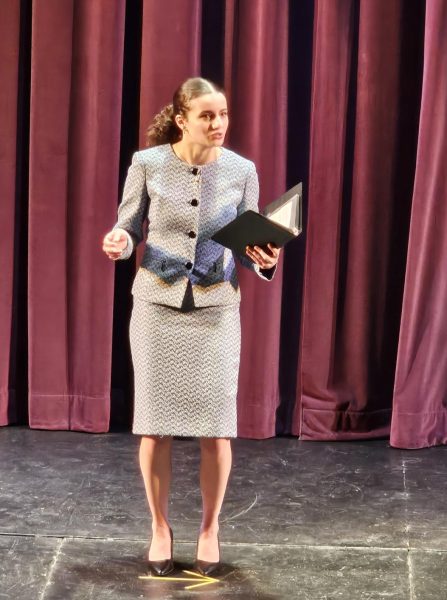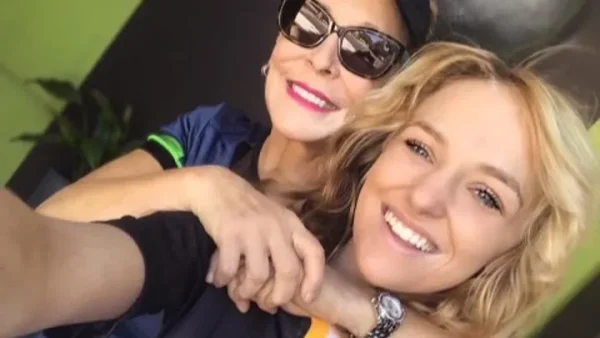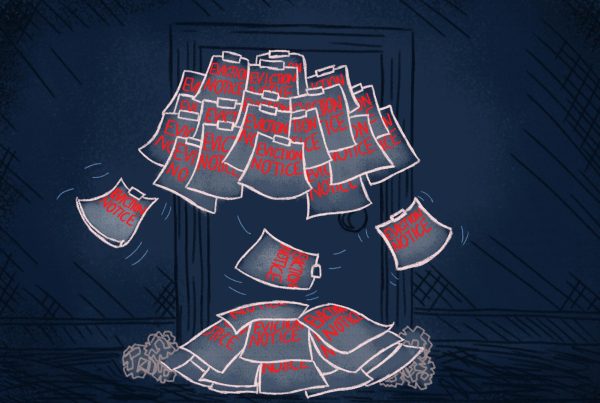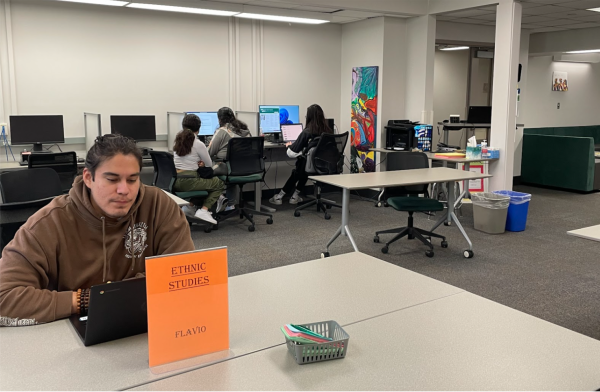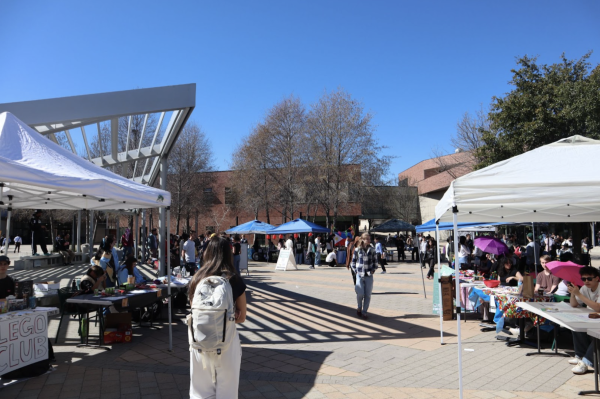Transfer myths busted
February 23, 2010
The Transfer Center has a new motto: “Your bachelor’s degree starts at DVC.”
But few students know where the center is located, never mind how critical its services are to making their stay at DVC as productive – and brief – as possible.
Consequently, transfer myths substitute as facts. “You should wait until a later semester to pick a major so you can experience classes,” says student Donny Dewitt, who shares this belief with many others.
Yet, this is one of the biggest myths about transfer.
Here are the facts behind why you should pick a major early and ignore four other widely believed myths about transfer.
Myth No. 1: You don’t need to choose a major right away.
Fact: As budget cuts continue at both DVC and the UC/CSU campuses, classes are becoming harder to get into.
Thus, if students don’t plan ahead and choose a major early, they may need to stay at DVC for an extra year to complete transfer requirements, says Transfer Center staff member Joanne Davi.
Myth No. 2: You don’t need to visit the Transfer Center until you are ready to transfer.
Fact: Transfer requirements change and application deadlines vary.
“You could be here a lot longer if you don’t visit the transfer center as soon as you’ve picked out a major and a school,” Davi says.
Davi says she saw an increase in the number of students who visited the Transfer Center for the first time after the deadline had passed for fall admissions to four-year schools.
Many of these students were also unaware nearly all UC and CSU campuses had shut down spring admissions, which was their back up plan. As a result, they will likely have to stay at DVC for another three semesters.
Myth No. 3: Private schools and out-of- state schools are more expensive than a UC or CSU campus.
Fact: Less than 10 percent of students attending a private college pay full tuition, says Transfer Center Coordinator Regan Ronayne.
The Washington Post recently reported that students at private colleges nationwide receive an average of $14,400 in grant aid and tax benefits every year.
Most students at St. Mary’s of California, for example, receive aid that covers an average of 75 percent of the $28,000 tuition.
A listing in the Transfer Center reveals nearly 60 out-of-state colleges also offer in-state fees for California transfer students. Boise State University and Southern Oregon University are just two such examples.
Myth No. 4: Completing the requirements for an associate of arts or science degree allows you to transfer.
Fact: Students who simply complete the AA/AS degree classes are fulfilling DVC’s requirements, which often are different from those required by transfer institutions.
“Degree requirements should be completed in addition to – not in place of – transfer requirements,” Ronayne says.
Myth No. 5: If you leave DVC without getting an AA/AS degree, you cannot participate in graduation ceremony.
Fact: DVC offers a “Certificate of Achievement in Transfer Studies” for students who transfer without completing degree requirements.
This certificate, which is awarded to those who complete the IGETC or CSU general education requirements, allows students to wear a cap and gown and participate in the ceremony.
Applications are available in the Admissions Office, or online at www.dvc.edu. Deadline to apply is March 31.
Contact Lina Pervez at [email protected]









































































